Help Getting Started
HAPPENN is a neural network model trained using experimentally validated hemolytic peptides and experimentally validated non-hemolytic peptides. The peptide sequences that the model was trained and validated on are available for download here.
Predicting Peptide Hemolytic Activity
To predict the hemolytic activity of a peptide, enter its sequence in the text box on the main page in FASTA format.
FASTA format consists of a line with the > character followed by the peptide name, and the peptide amino acid sequence, in single letter format, on the following line. Only the canonical 20 amino acids are supported, non-natural amino acids are not supported. Then press "Run Prediction"
The following is an example of a valid input for the prediction of a single peptide:
Predicting Hemolytic Activity of Multiple Peptides
Multiple sequences are also allowed. To predict multiple sequences, enter them in the text box in FASTA format, similarly to the single peptide prediction. Follow the first entry with the second entry on the following line. The following is valid input for the prediction of three peptides:
Predicting Hemolytic Activity of N-terminally and/or C-terminally modified peptides
If the peptide (or peptides) you wish to predict possess the N-terminal acetylation modification, you should follow the peptide name with |nTer .
If the peptide (or peptides) you wish to predict possess the C-terminal amidation modification, you should follow the peptide name with |cTer .
If the peptide (or peptides) you wish to predict possess both the N-terminal acetylation modification, and the C-terminal amidation modification, you should follow the peptide name with |nTer|cTer .
The following is an example of predicting three sequences, which are N-terminally modified, C-terminally modified, and both N- and C-terminally modified, respectively.
Model Selection
Prediction is available by three neural network models: HAPPENN, HAPPENN-RR90, and HAPPENN-hard.
The difference between these models is the data they were trained on. The HAPPENN model is trained on the entire HAPPENN dataset.
The HAPPENN-RR90 model is trained on a redundancy reduced HAPPENN dataset, with a sequence similarity cutoff of 90%.
The HAPPENN-hard model is trained on a more challenging dataset, whereby the positive examples are the hemolytic sequences of the HAPPENN-RR90 dataset, and the negative examples are the non-hemolytic sequences which are most compositionally similar to the hemolytic sequences, as measured by the Euclidian distance between their percentage amino acid compositions.
Residue Scan
If you wish to perform a residue scan, check the "Residue Scan" checkbox, and choose the residue you wish to scan with from the "Residue to Scan" drop-down list. A residue scan is not available for multiple sequences. If multiple sequences are input, only the first sequence will be residue scanned.
For example, if you wish to perform an alanine-scan, you should enter your sequence in FASTA format, check the residue scan checkbox, select Alanine from the "Residue to Scan" dropdown list, and click "Run Prediction". This will predict the hemolytic activity of all the possible single-residue alanine substitued mutants of your peptide.
Mutation Analysis
If you wish to perform a mutation analysis, you should enter your sequence in FASTA format, check the "Mutation Analysis" checkbox, and input the residue number you wish to perform a mutation analysis on. A mutation analysis is not available for multiple sequences. If multiple sequences are input, only the first sequence will be analysed.
For instance, if you wished to predict the hemolytic activity of all the mutants of you sequence where the first residue is mutated, you should enter the number 1 in the "Mutation Residue No." field. This will then predict the hemolytic activity of all 20 possible peptides (including the native peptide).

